If you're new to Vinyasa yoga and want to try a class, but you're not sure if it’s for you, have a go at this 20 minute sequence. It’ll give you a taste of the strengthening, lengthening, and calming effects of Vinyasa yoga.
Throughout this sequence, do your best to stay focused on your breathing as every movement happens on an inhalation or an exhalation.
Go with the flow, treat your body with kindness, and enjoy.
Read: The Power of Vinyasa
Warm Up for Vinyasa
Begin on your yoga mat in extended child’s pose. Breathe through your nose, making your inhalations the same length as your exhalations. Gently roll your head from side to side, massaging away any tension in your forehead.

From here, move onto all fours, checking that your hands are beneath your shoulders and your knees are beneath your hips.
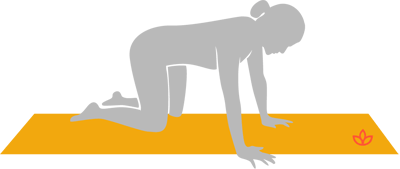
As you exhale, roll your tailbone down, pulling your lower abdomen in. Take your chin to your chest, moving into cat pose as you create an arch in your back.
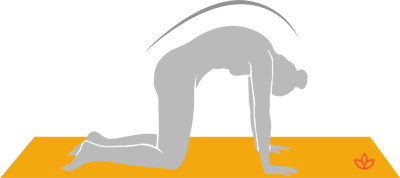
Inhale, and dropping your belly toward the floor, raise your head to look up at the ceiling, coming into cow pose.
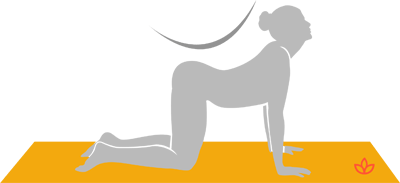
Continue to awaken your spine by moving through this cat-cow flow for another several rounds.
When you feel sufficiently warmed up, return to a neutral position on all fours. Exhale to lower into extended puppy pose.
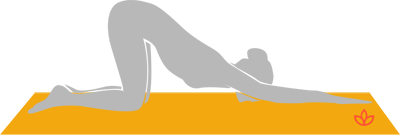
Keep your elbows lifted and come up onto your fingertips to stretch and open the front of your chest. Hold for three to five full breaths.
Lower your forearms on the ground, draw your navel toward your spine and slide forward into sphinx pose.
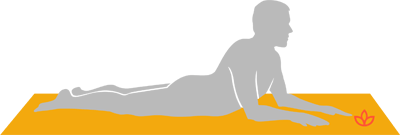
Hold for a few breaths, and then, exhale to lower down.
Inhale as you slide your hands back beside your chest and lift into cobra pose.
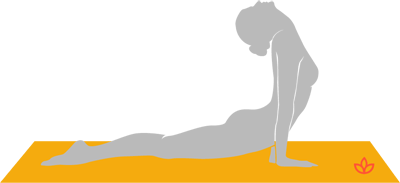
The Vinyasa Foundations
Exhale as you lower from cobra pose, come through all fours and tuck your toes under, pressing into your first downward-facing dog.
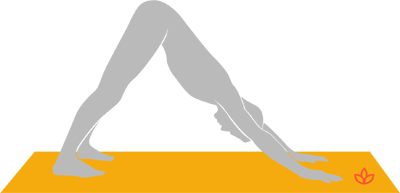
Bend one knee at a time to release your calves and hamstrings.
Hold for 5 breaths, then, inhale as you move your body into a straight line to take plank pose.
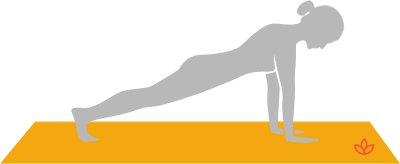
Exhale to lower your knees, untuck your toes, take your hips in line with your body, and then, lower (with control) onto your front, keeping elbows tucked in close to your ribcage.

Inhale to lift up into cobra.
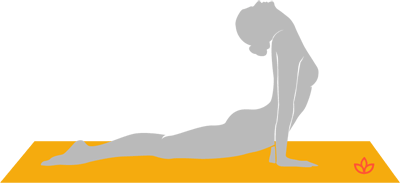
Exhale to find your way back to downward-facing dog.
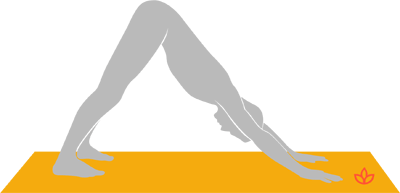
This cyclical sequence of downward-facing dog, plank pose, lowering down, cobra pose and downward-facing dog again is your basic vinyasa flow.
It forms the foundation for many other flow sequences in Vinyasa yoga, and is the perfect starting point for exploring Vinyasa yoga.
Flow through this sequence a couple more times to build familiarity with it.
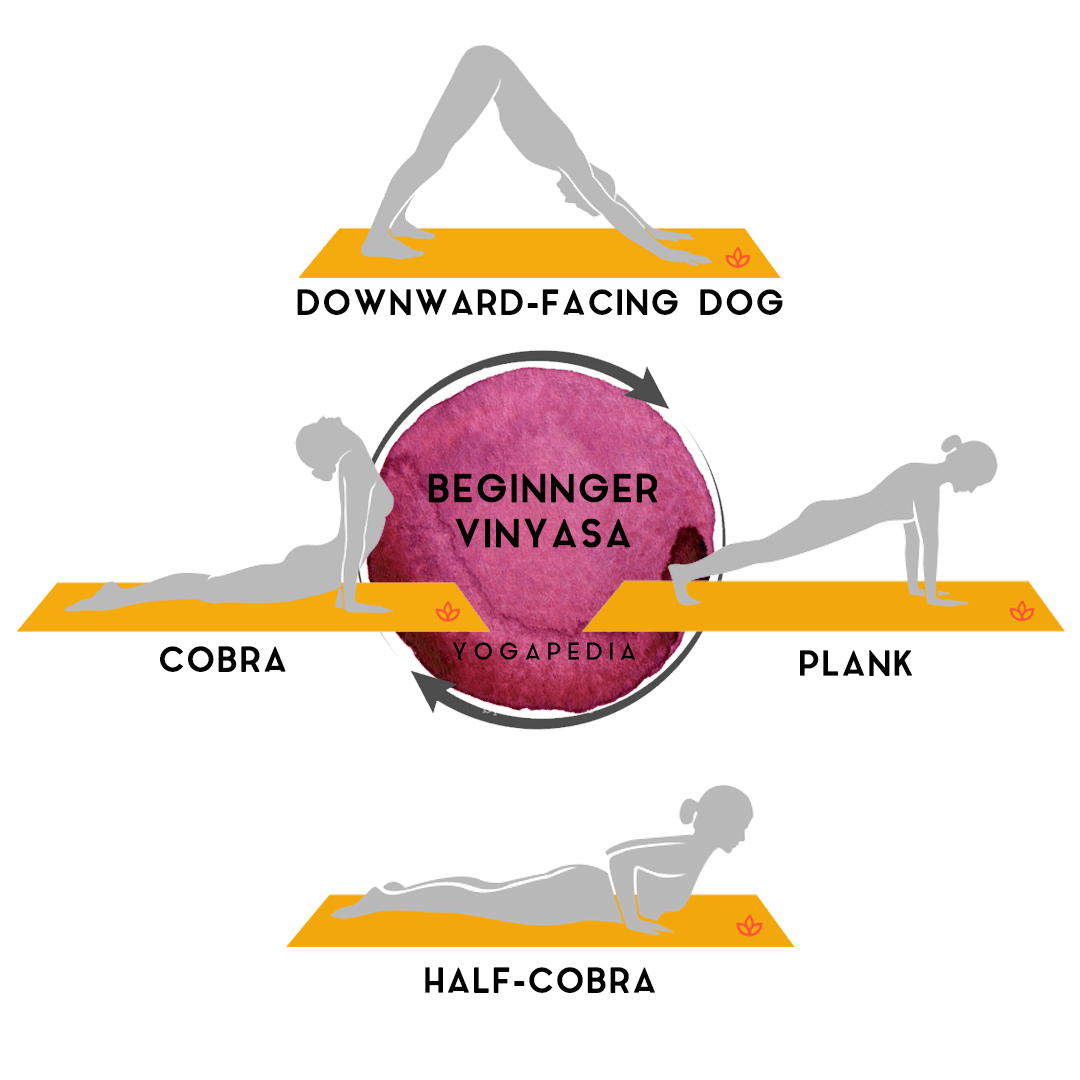
After a few vinyasas, from downward-facing dog, look to your hands and walk your feet forward to come to a standing forward fold, with your feet hip width apart.
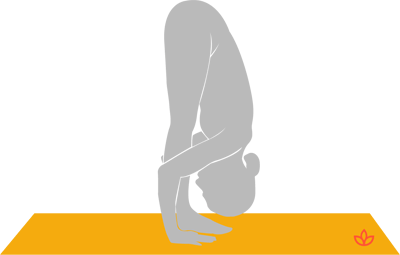
Bend your knees slightly, and clasp opposite elbows in ragdoll pose. Sway from side to side for three to five breaths as you let the back of your body release and open.
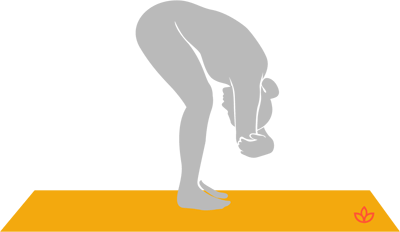
Inhale to sweep your arms out to the side, lifting your body to standing and reaching your arms overhead with palms touching.
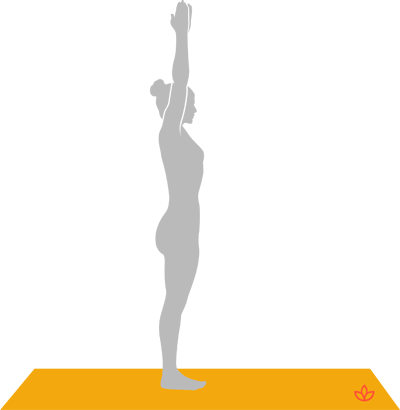
Exhale to come into mountain pose.
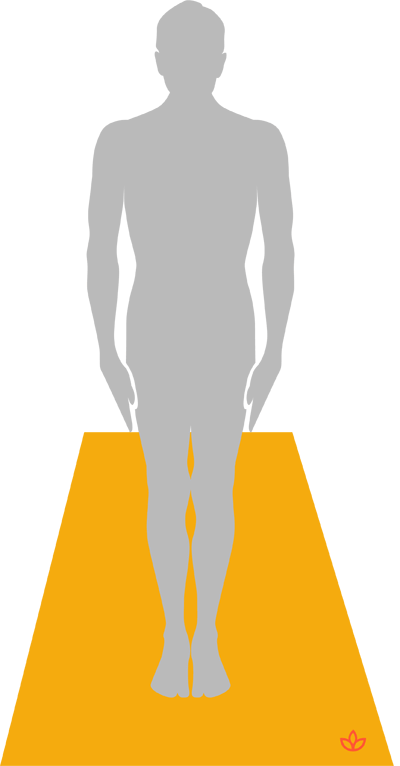
Crescent Lunge Flow
Inhale to bend your knees and sweep your arms up, sitting back into chair pose.
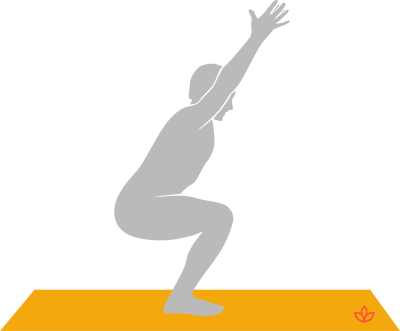
Hold for three breaths, then exhale into a standing forward fold.
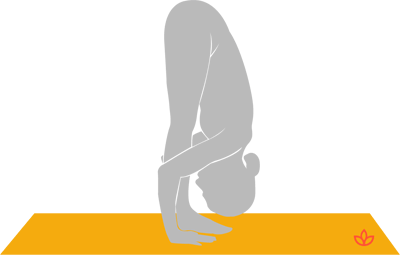
Plant your hands down firmly beside your feet and inhale as you step back into plank pose.
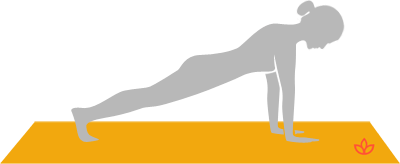
Flow through your vinyasa to downward-facing dog.
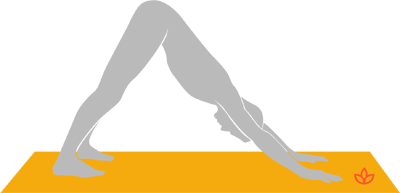
From downward-facing dog, step your right leg through to the inside of your right hand. Keep your left heel lifted, but pressing back as you circle your arms up to take crescent lunge.
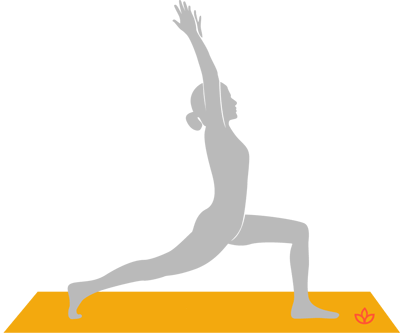
Lower your left knee to the ground, and come into a twist by bringing your hands into prayer position and twisting your body right, hooking your left elbow across your right knee and looking towards your right elbow.
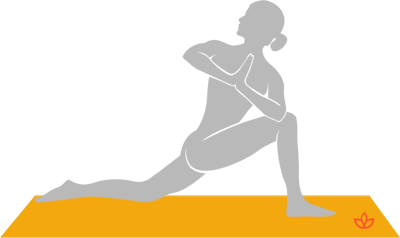
Return to center, place your palms on the ground and step back to plank pose.
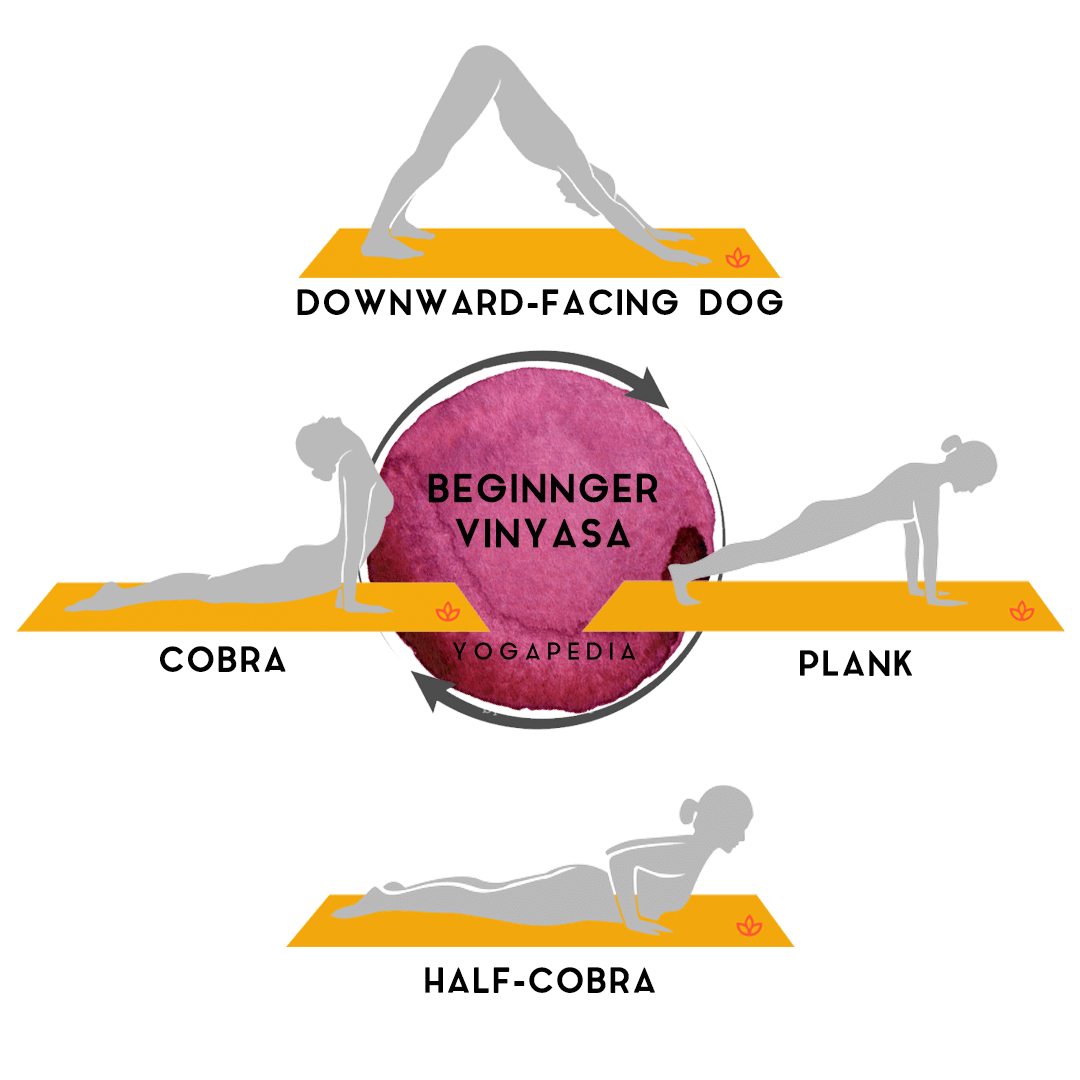
Flow through your vinyasa, then repeat the sequence beginning with the left leg.
Closing Sequence
From downward-facing dog, hop your feet through to a seated position, and engaging your core and roll down onto your back. Inhale to lift into bridge pose, lifting hips and sternum up to the sky and hold for three to five breaths.

Lower with control, allow your back to rest in neutral for a few breaths before taking happy baby pose. Rock from side to side to release any tension in your lower back.
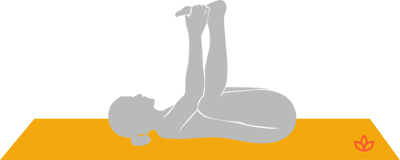
Make any final movements your body is asking for before relaxing into savasana.

Notice any subtle shifts in your body after this vinyasa flow, and allow yourself to enjoy the delicious stillness after the movement. Stay here for as long as you wish.
During These Times of Stress and Uncertainty Your Doshas May Be Unbalanced.
To help you bring attention to your doshas and to identify what your predominant dosha is, we created the following quiz.
Try not to stress over every question, but simply answer based off your intuition. After all, you know yourself better than anyone else.